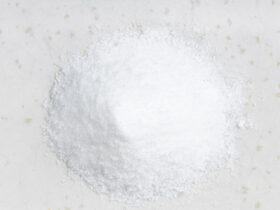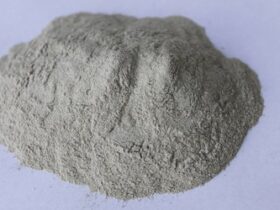The list of compounds that mimic the effects of a calorie-restricted diet, or “CRMs,” has been growing since research first documented the effects of oxaloacetate on the lifespan of laboratory animals in 2009. (1, 2) In a recent review of relevant literature, scientists in Japan have identified eleven compounds that function as CRMs. Published in the journal Nutrients, the multi-university paper reviews the current state of the art and breaks the compound list into “upstream-type” CRMs, which show glycolytic inhibition, or “downstream-type” CRMs, which regulate or genetically modulate intracellular signaling proteins. (3) Here, Alan Cash, CEO of MetVital, weighs in on the potential benefits and implications of the use of CRMs.
The idea of using calorie restriction mimetics dates back 20 years and initially used 2-deoxyglucose to reduce glucose uptake by the cells. (4) CRMs are widely sought because although calorie restriction is very beneficial to survival within the animal kingdom, it is difficult to practice in modern society. The Japanese authors of the current review note that in humans, clinical trials of calorie restriction demonstrate positive effects:
“The Comprehensive Assessment of Long-Term Effects of Reducing Intake of Energy (CALERIE) was the first study that focused on the effects of CR in humans. The CALERIE demonstrated the feasibility of CR (for at least two years) in humans and its favorable effects on predictors of longevity and cardiac metabolic risk factors…… in the CR group, weight loss, body fat reduction, fluctuations in energy consumption, and decreased oxidative stress markers were observed. These changes were also observed in experimental animal models of CR.”
Here is the current list of CRMs from the review paper, along with their interpretation of the mode of action:
Downstream-Type CRMs
- Metformin (antidiabetic drug) AMPK activation
- Rapamycin (immunosuppressant drug) mTOR inhibition
- Resveratrol (food component) Sirtuin activation
- Polyamines (food component) Epigenetic control
- Oxaloacetic acid (dietary supplement) Redox balance
Upstream-Type CRMs
- Chitosan (dietary supplement) Glucose diminution
- Acarbose (antidiabetic drug) Glycosidase inhibition
- 2-Deoxy-D-glucose (anticancer drug) Glycolysis inhibition
- D-Glucosamine (dietary supplement) Glycolysis adjustment
- D-Allulose (food component) Glycolysis improvement
- Sodium-glucose cotransporter 2 inhibitor (antidiabetic drug) Glucose excretion
Oxaloacetic acid (benaGene) is considered a “Downstream-type” Calorie Restriction Mimetic by the authors.
“Downstream-type CRMs act on an intracellular signaling system and exert the same effect as CR on downstream pathways…… Oxaloacetic acid is an intermediate of the Krebs cycle and is related to Nicotinamide adenine dinucleotide (NAD+ ) levels and redox balance in cells. In C. elegans, oxaloacetic acid was shown to prolong the lifespan independently of sirtuin but dependently on AMPK. In a pilot clinical study, a tendency for decreased blood glucose levels was observed following administration of oxaloacetic acid”. (Shintani et. al, 2018)
Alan Cash firmly believes that oxaloacetate supplementation may have significant positive effects on health and well-being, as the benefits of calorie restriction are numerous. Have you had your benaGene (oxaloacetate) today?
References and Additional Reading
1. Cash A. Oxaloacetic Acid Supplementation as a Mimetic of Calorie Restriction. Open Longevity Science. 2009;3:22-7.
2. Williams DS, Cash A, Hamadani L, Diemer T. Oxaloacetate supplementation increases lifespan in Caenorhabditis elegans through an AMPK/FOXO-dependent pathway. Aging Cell. 2009;8(6):765-8.
3. Shintani H, Shintani T, Ashida H, Sato M. Calorie Restriction Mimetics: Upstream-Type Compounds for Modulating Glucose Metabolism. Nutrients. 2018;10(12).
4. Lane, M.A; Ingram, D.K; Roth, G.S. 2-Deoxy-D-glucose feeding in rats mimics physiological effects of calorie restriction. J. Anti Aging Med. 1998, 1, 327-337













